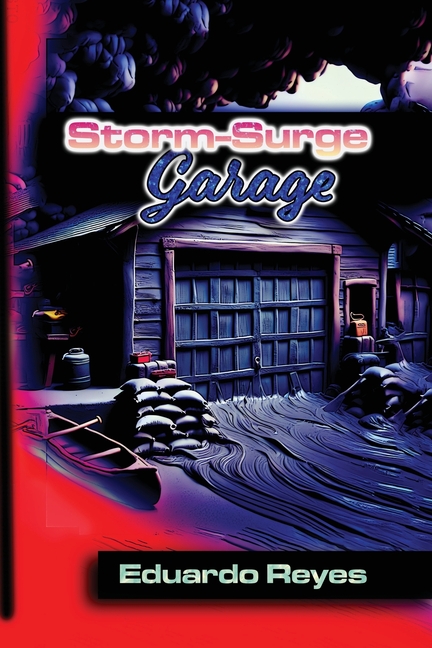Description
Coastal garages fill first when storm tide barrels in-taking cars, tools, and decades of memories with them. This book flips that script. Architect-engineer Eduardo Reyes teaches you how to turn an ordinary slab-on-grade garage into a buoyant "asset pod" system that rises with floodwater, keeps contents bone-dry, and settles back down when the water retreats.
What you'll build and learn
- Floating pod anatomy - plywood, closed-cell foam, and stainless hardware arranged to meet ASCE 24 freeboard guidelines.
- Track & tether system that lets pods glide six feet up walls without scraping studs-or drifting into your neighbor's yard.
- Two weekend budgets: a rough-cut DIY at $850 in materials, or a finished carpenter's version at $2 k.
- Step-by-step layout for sealing electrical, fuel, and HVAC penetrations so the rest of the house stays safe.
- Safe-lifting calculations so you know exactly how many pounds each pod can protect-whether that's power tools, heirloom furniture, or a classic motorcycle.
- Permitting talk-tracks, inspection checklists, and insurance-premium-reduction tips that pay the project back in under three years for most policyholders.
- Maintenance routines and seasonal prep so nothing binds, rusts, or molds before the next big surge.
Real-world case studies from Florida, Louisiana, and the Philippines prove the concept works-in wood-frame cottages, concrete block ranchers, and even townhouse carports.
Author snapshot
Eduardo Reyes, P.E., LEED AP, has 20 years of coastal-resilience design experience, including FEMA-funded rebuilds after Hurricanes Sandy, Harvey, and Ian. He lectures at MIT's Urban Risk Lab and serves on the ASCE Flood Resistant Design committee.
Product Details
- Jul 10, 2025 Pub Date:
- 1998545172 ISBN-10:
- 9781998545179 ISBN-13:
- English Language




